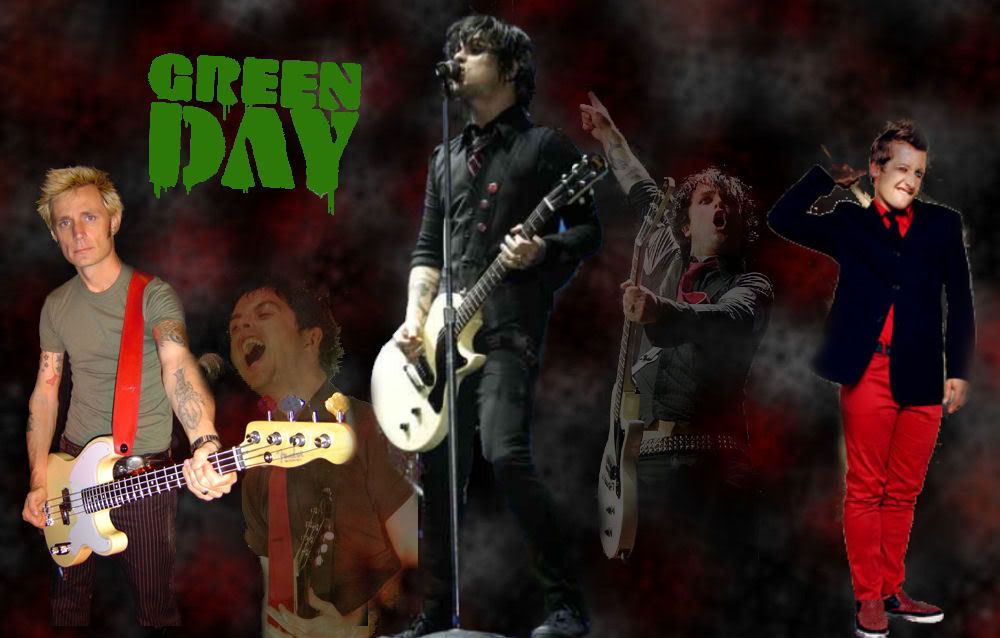



Tuesday, February 9, 2010
4. Examples of OSI Layer, their definition in order.
1Data Link Layer this layer deals with getting data across a specific medium and individual links by providing one or more data link connections between two network entities. End points are specifically identified, if required by the Network layer Sequencing. The frames are maintained in the correct sequence and there are facilities for Flow control and Quality of Service parameters such as Throughput, Service Availability and Transit Delay.
2.Session Layer the Session layer defines how data conversations are started, controlled and finished. The Session layer manages the transaction sequencing and in some cases authorization. The messages may be bidirectional and there may be many of them, the session layer manages these conversations and creates notifications if some messages fail. Indications show whether a packet is in the middle of a conversation flow or at the end. Only after a completed conversation will the data be passed up to layer.
3Physical Layer this layer deals with the physical aspects of the media being used to transmit the data. The electrical, mechanical, procedural and functional means This defines things like pin outs, electrical characteristics, modulation and encoding of data bits on carrier signals. It ensures bit synchronization and places the binary pattern that it receives into a receive buffer. Once it decodes the bit stream, the physical layer notifies the data link layer that a frame has been received and passes it up.
4.Network Layer this layer is responsible for the delivery of packets end to end and implements a logical addressing scheme to help accomplish this. This can be connectionless or connection-oriented and is independent of the topology or path that the data packets travel. Routing packets through a network is also defined at this layer plus a method to fragment large packets into smaller ones depending on MTUs for different media (Packet Switching). Once the data from layer 2 has been received, layer 3 examines the destination address and if it is the address of its own end station, it passes the data after the layer 3 header to layer 4.
5.Application Layer it is employed in software packages which implement client-server software. When an application on one computer starts communicating with another computer, then the Application layer is used. The header contains parameters that are agreed between applications. This header is often only sent at the beginning of an application operation.
6.Transport Layer this layer is resonsible for the ordering and reassembly of packets that may have been broken up to travel across certain media. Some protocols in this layer also perform error recovery. After error recovery and reordering the data part is passed up to layer 5.
7Presentation Layer this provides function call exchange between host operating systems and software layers. It defines the format of data being sent and any encryption that may be used, and makes it presentable to the Application layer.
2.Session Layer the Session layer defines how data conversations are started, controlled and finished. The Session layer manages the transaction sequencing and in some cases authorization. The messages may be bidirectional and there may be many of them, the session layer manages these conversations and creates notifications if some messages fail. Indications show whether a packet is in the middle of a conversation flow or at the end. Only after a completed conversation will the data be passed up to layer.
3Physical Layer this layer deals with the physical aspects of the media being used to transmit the data. The electrical, mechanical, procedural and functional means This defines things like pin outs, electrical characteristics, modulation and encoding of data bits on carrier signals. It ensures bit synchronization and places the binary pattern that it receives into a receive buffer. Once it decodes the bit stream, the physical layer notifies the data link layer that a frame has been received and passes it up.
4.Network Layer this layer is responsible for the delivery of packets end to end and implements a logical addressing scheme to help accomplish this. This can be connectionless or connection-oriented and is independent of the topology or path that the data packets travel. Routing packets through a network is also defined at this layer plus a method to fragment large packets into smaller ones depending on MTUs for different media (Packet Switching). Once the data from layer 2 has been received, layer 3 examines the destination address and if it is the address of its own end station, it passes the data after the layer 3 header to layer 4.
5.Application Layer it is employed in software packages which implement client-server software. When an application on one computer starts communicating with another computer, then the Application layer is used. The header contains parameters that are agreed between applications. This header is often only sent at the beginning of an application operation.
6.Transport Layer this layer is resonsible for the ordering and reassembly of packets that may have been broken up to travel across certain media. Some protocols in this layer also perform error recovery. After error recovery and reordering the data part is passed up to layer 5.
7Presentation Layer this provides function call exchange between host operating systems and software layers. It defines the format of data being sent and any encryption that may be used, and makes it presentable to the Application layer.







No comments:
Post a Comment